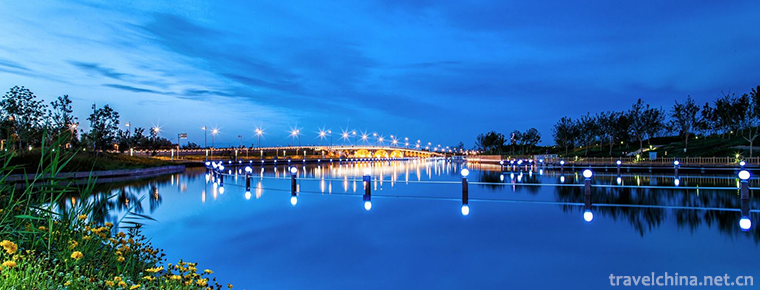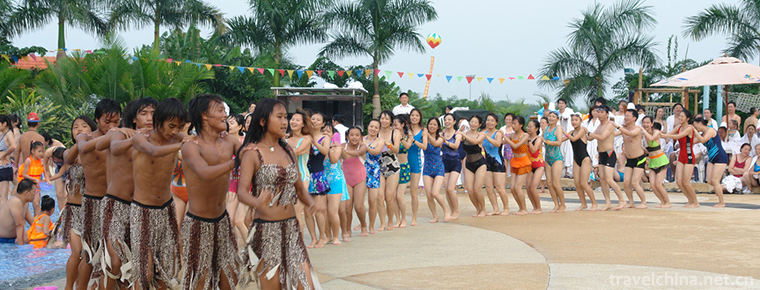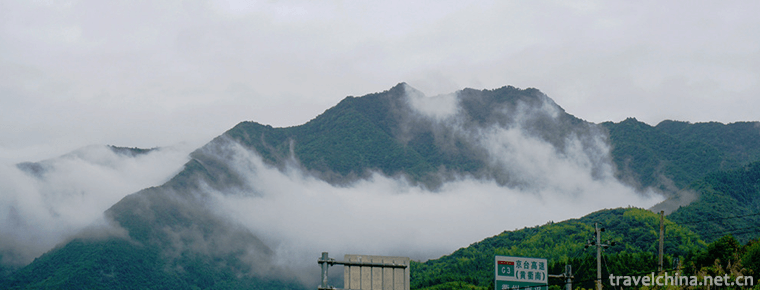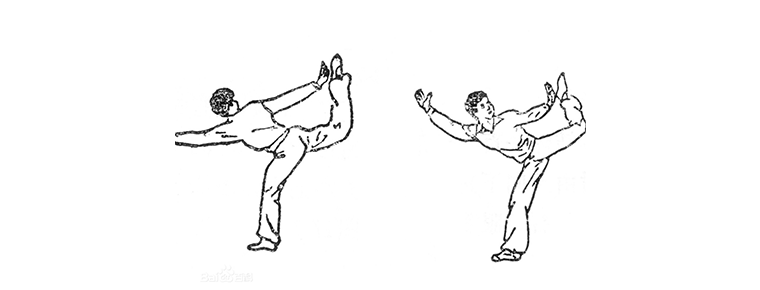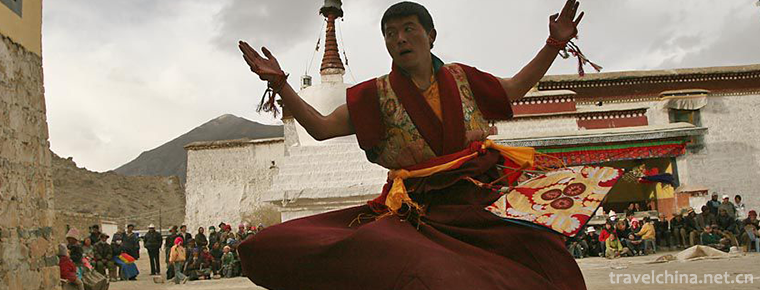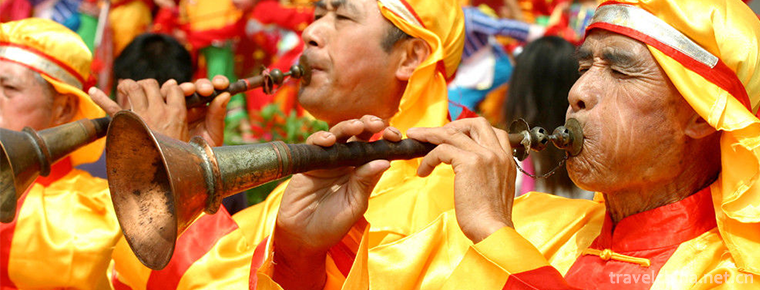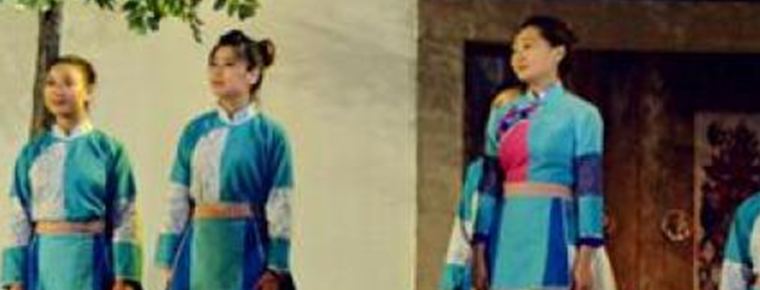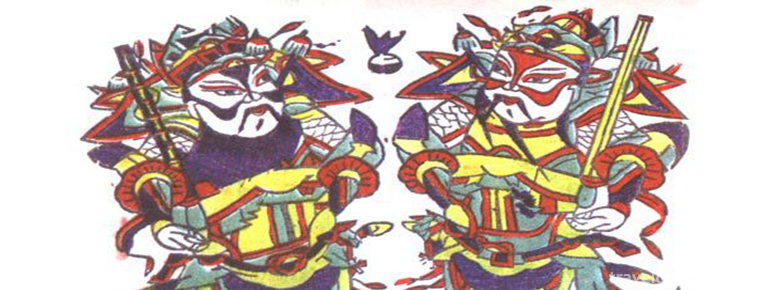Modern cheongsam
Modern cheongsam
At the beginning of the 20th century, it was popular to wear a short jacket with trumpet shaped wide sleeves inside, and a long waistcoat without sleeves with the front and back of the coat reaching the ground. Since then, cheongsam has made some changes in the edge, sleeve, lapel, collar and so on, adding decoration and complicated changes. However, it still keeps the straight and broad style of the old style Qipao vest and adopts the traditional straight cutting method, which can not show the graceful figure of women. In the late 1920s and 1930s, cheongsam had repeated changes in length, width, slit height, sleeve length, sleeve length, collar height, etc. In 1929, due to the influence of European and American short skirts, the original length of cheongsam began to shorten, the hem was shrunk to the knee, and the cuff became shorter and smaller. Later, there were school uniform style cheongsam, the hem was shrunk to 1 inch above the knee, and the sleeves were western style. This change was criticized. After 1931, cheongsam began to grow longer and the hem drooped. In the mid-1930s, it developed to the extreme. The bottom of the robe covered the feet. It was called "sweeping cheongsam". The cheongsam sleeves, which originally covered the wrists, were shortened to the elbows. Later, the sleeve length became shorter and shorter, shrunk to two inches below the shoulder, almost no sleeve after 1936.
In Qing Dynasty, Qipao did not have slits. After the appearance of Qipao, Qipao also opened low slit on the left when shortening the sleeves. Later, the slit opened higher and higher, and gradually reached the knee to the thigh. Due to the opposition, the underpants were once below the knee. However, as soon as the pressure of public opinion decreased, Qipao with big slits became popular after 1933.
The traditional cheongsam is a straight line with a high hard collar. In the early 1930s, the waistline began to shrink gradually, and after 1934, the curves of women's figure were finally revealed. The high-rise and ear collar also gradually became shorter, and later some became collarless cheongsam.
At the beginning of the founding of the people's Republic of China, people's pursuit of the beauty of their clothes had been transformed into a complete passion for their work. The leisurely and comfortable lady image represented by cheongsam has lost its living space in this kind of atmosphere
The 1950s - there was a brilliant moment
In the era when the people are the masters of the country, if clothing is also popular, the dominant trend of fashion has turned to the common people. In 1956, it was said that a leader of the former Soviet Union proposed that the clothing of Chinese people should reflect the new look of socialist prosperity. Therefore, the government called on "everyone to wear flowery clothes".
At this time, the appearance of Qipao added a healthy and natural temperament. Not demon, not beautiful, not delicate, not sick, in line with the standard of "beautiful and generous" at that time, and more practical.
6、 The 1970s -- the neglected 20 years
The "Cultural Revolution" from 1966 to 1976 was not only a catastrophe of traditional culture, but also a disaster of cheongsam. On the eve of the cultural revolution, Wang Guangmei accompanied Liu Shaoqi to four countries and wore cheongsam. Later, she was criticized by red guards as a crime during the cultural revolution.
8、 1990s - gradual recovery
In order to best reflect the perfect figure of cheongsam, there is room for survival and development. It is said that the popular cheongsam will come back to the people again. But unexpectedly, cheongsam is not popular again, but only a few people are wearing it
The heyday of cheongsam is far away. It has been neglected for 30 years. It seems to be out of date in the territory since it was opened up in the 1980s.
Since the 1990s
The ideal image of women in the new era has changed. Tall and slender, flat shoulders and narrow hips of the body for people to yearn for. As the representative of Chinese fashion which can best set off the figure and temperament of Chinese women, cheongsam once again attracted people's attention. With the re emphasis on traditional culture, cheongsam has also been regarded as one of the symbols of the Chinese nation. Not only the wives of leaders and female diplomatic officials wear cheongsam in foreign affairs activities, but also the dress of Miss etiquette ladies in major international conferences and sports events held in China. Many foreign design masters have launched cheongsam with international flavor inspired by cheongsam, Even the combination of Chinese cheongsam and European evening dress.
In 2015, Qipao was used as the school uniform of Guangdong Zhenguang middle school; in 2018, it was used as the school uniform of Zhenguang primary school.

-
Karamay River Scenic Area
The Karamay River, also known as the Chuancheng River, originates from Jiulongtan in the northeast of the city. It zigzags through the Xiyuetan Reservoir (also known as Aikule) .
Views: 125 Time 2018-12-23 -
Jiahe City Hot Spring Valley
Jiahe City Hot Spring Valley is located in Jiahe City, Nanwu Avenue, northeast of Nanning City. It is about 13 kilometers away from Nanning International Convention.
Views: 379 Time 2019-01-21 -
Jianglangshan 28du Tourist Area
28du Town, located in Jiangshan, Zhejiang Province, is a famous historical and cultural town. It is a writer's creation base in Zhejiang Province. It is located at the junction of Zhejiang,.
Views: 192 Time 2019-01-21 -
Poke feet
Poking feet is one of Chinese boxing. Leg and foot kungfu is the main form. It is said that it originated in the Song Dynasty and flourished in the Ming and Qing Dynasties.
Views: 109 Time 2019-04-22 -
Guwo Yushu Samurai Dance
Samurai dance is a unique style of etiquette folk dance spread in Yushu. It is called Guowa (or Guowa) in Tibetan. Guo refers to weapons in Tibetan. It means warriors with weapons. Wo refers to dancer.
Views: 118 Time 2019-05-02 -
Eyebrow household
Eyebrow households, distributed in Shanxi, Shanxi, Shaanxi, Gansu, Western Henan and other provinces, also known as "Eyebrow Shao" or "confusion", are named for their euphemistic m.
Views: 87 Time 2019-05-31 -
Qiang Mu Zashrunbu Temple Shigatse
Qiang Mu is a religious dance, also known as "Dancing God". "Semochim Qiang Mu" is a Tibetan Buddhist Gru-sect Qiang Mu performed by monks at Zashrunbu Monastery in Xikaze, Tibet. .
Views: 102 Time 2019-06-11 -
Suona Art
Suona art is a manifestation of traditional Chinese folk culture. In 2006, Qinyang City of Henan Province and Qingyang City of Gansu Province applied for intangible cultural heritage. Its basic musica.
Views: 124 Time 2019-06-17 -
the Wu Ballads
Wuge is the oral literary creation of the majority of the people in Wu dialect area, which originated in southeastern Jiangsu Province, and Suzhou is the central area for the generation and developmen.
Views: 135 Time 2019-06-29 -
Zhuxian Town Wood Print New Year Picture
Zhuxianzhen Wood Engraving New Year Picture is one of the ancient Chinese traditional crafts. As the originator of Chinese woodcut New Year pictures, is mainly distributed in Kaifeng, Zhuxian Town and.
Views: 134 Time 2019-08-10 -
Xichang College
Xichang College is located in Liangshan Yi Autonomous Prefecture, Sichuan Province, which is the largest Yi inhabited area in the country "spanning thousands of years step by step". It is a .
Views: 151 Time 2019-08-31 -
History of Mianyang
Mianyang, located in the south of Mianshan mountain, was named Mianyang in 1913 according to the ancient meaning of "south mountain and North Water" as "Yang"..
Views: 131 Time 2020-12-14
